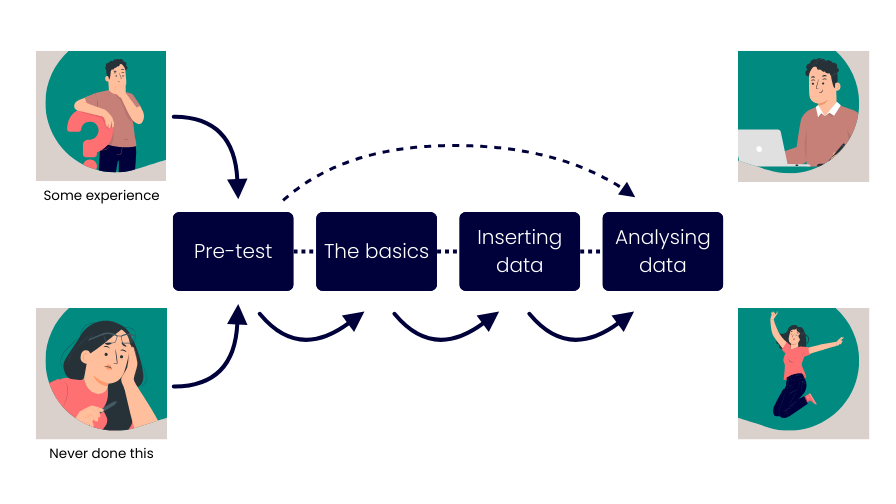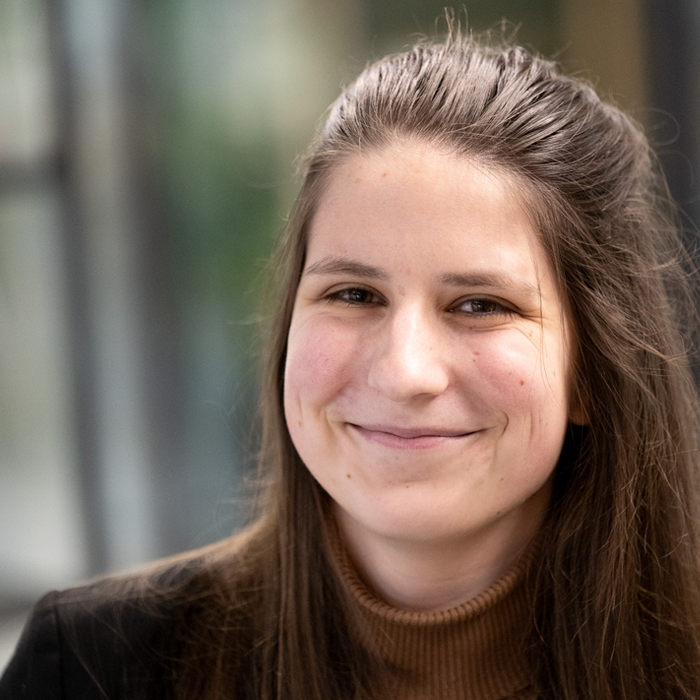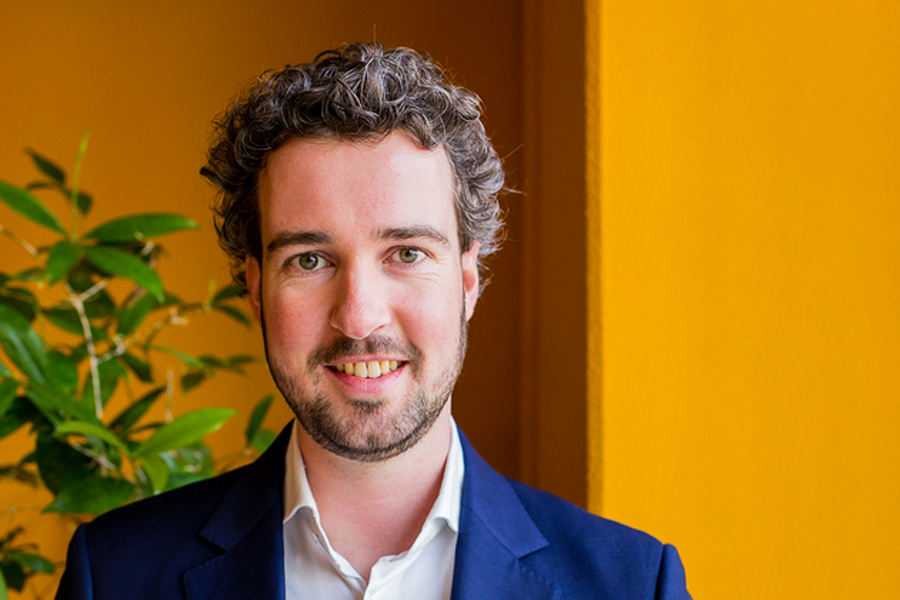How to use adaptivity to tackle different starting levels

A few years ago, while studying Learning & Development, I was assigned a case with an organisation: advise on the best way to design a training for working with new software. During my first intake session, all seemed well. That was until I asked about the starting levels of the target audience. My client went silent for a moment and gave me the one answer I hoped not to hear: “I didn’t think about that. The starting levels are as far apart as can be”.
As an inexperienced student, this filled me with slight dread, and my client wasn’t exaggerating! Some people already had years of experience working with the software, then there were others who had such a hard time working with digital software in any form, so they tried to get away with doing as little as possible. And then there was every level in between.
In the end I wrote an advice report about different ways to approach the training process, based on the varying target audiences, starting levels and required knowledge. It took a lot of time and effort but provided a solid foundation for the learning design. Today, online learning offers better solutions than I was able to provide at the time. More and more platforms have integrated adaptivity and personalised learning options. And for good reason, because it makes learning design so much more effective!
Different target audiences
Working with different target audiences
A lot of the learning journeys you’ll design will have to train a varying group of learners (heterogeneous group). This will bring some challenges to the design table. The first step is always to gain insight into the target audiences you're working with:
What actually is their starting point?
How much experience do they have with the subject?
Is it completely new?
Do they have any relevant or transferable experience/skills that can make it easier for them to learn about the subject?
Once you’ve researched your target audience, you’ll be aware of the different groups and their starting levels. However, the challenge isn’t yet completed!
The next step is the hardest one - figuring out how to tailor to their learning needs. Some groups might need extra lessons to gather and understand the basic information, while others might prefer to skip past these sections, since they already know the basics. For some learners, your learning journey is merely a refresher, while other learners have to learn how to apply the new knowledge in their work. Some learners might follow the learning journey out of personal interest, while others follow it because it’s mandatory. All these different scenarios call for different approaches rather than a ‘one-size-fits-all' design!
Adaptive learning
Adaptive learning is the way to go
A great way of tackling this issue is to implement adaptivity. Adaptivity is a necessity if you want to create impactful learning journeys for heterogeneous groups. The baseline of the learning journey is the same for everyone, usually (part of) the end goal too, but the way to get there is tailored to the needs of the individual learner.
Let’s look at adaptivity in classroom training first. A trainer/teacher will figure out the pre-knowledge of the learners and adapt to their needs. That person may change up the learning activities, try out different ways to explain subjects, focus more (or less) on practising and maybe even pair up learners who are more advanced with learners who are newer to the subject, so they can work together and learn from each other.
Adaptivity in online learning activities has advanced a lot in the past years. It will probably advance even more with the rise of artificial intelligence, vastly increasing opportunities to implement adaptivity in online learning. However, on the backend of learning platforms, adaptivity can still be a little difficult.
It requires you to really think about your learning objectives and when those objectives are achieved. It usually takes a bit more time to set up an adaptive learning journey than a traditional one, too. But don’t fret, the advantages gained from all this work, will absolutely be worth it!
Here’s an example of how adaptive learning can reduce time spent to complete a learning journey (33% on average), without the loss of effectivity, self-efficacy and learner experience.
Adaptivity in practice
Adaptivity in practice
Let’s have a look at the case I started with: teaching a heterogeneous group how to use certain software:
I run into the first problem when I realise that the different target audiences need to use the software for different things. I solve this by splitting the learning journey into a few smaller learning journeys, focused on different roles in the software.
Now, let’s focus on one specific group. Within this group, there’s still some slight differences in what people need to learn about the software. To make sure the learners stay focused on what is most important for them, I create different target learning profiles. This means that some people can accomplish a learning objective by only answering a few questions correctly, while others (for example, key users of the software) need to get more questions right.
Lastly, within this group the starting levels also differ. Some of the learners have worked with the software before and approach the learning journey as a refresher. Others have never worked with this software at all. Because I created learning objectives in the platform and used target learning profiles to decide when a learning objective is accomplished, I only have to set the right conditions in the template to make sure the learners can focus on what they need and skip what they already know! One learner will be guided through the entire learning journey, while another only needs to complete a percentage of it.

Now, every learner is able to take the time they need to properly work with the software (or save the time they don’t need for more important things!). The issue of starting levels has been tackled by adaptivity. Talk about impactful learning journeys!
Adaptivity in aNewSpring
Adaptivity in aNewSpring
Well, all that being said: How does adaptivity actually work in aNewSpring’s platform? In aNewSpring, adaptivity is based on learning objectives that you set. Learning objectives, in this context, are most likely subjects. Once you’ve decided upon your overall learning goals, you can start to write down the specific learning objectives that you’ll need your learners to know.
In aNewSpring, the level of mastery on a learning objective is tested by questions. A learner needs to answer a number of questions correctly to show he or she has mastered the learning objective. You can either start by creating questions for every learning objective and decide how many a learner should answer correctly, or do it the other way around.
Once this process is done, you can build your learning journey like you normally would. Then you can add learning objectives and make your learning journey adaptive.
You can find a great tutorial on adaptive learning in aNewSpring right here!

Dive deeper into adaptivity
Has adaptivity piqued your interest? All of our customers have access to the aNewSpring Academy, which contains a great (and totally free!) course about adaptivity!
My colleagues have also written some great articles about adaptive learning shared in the articles below.



